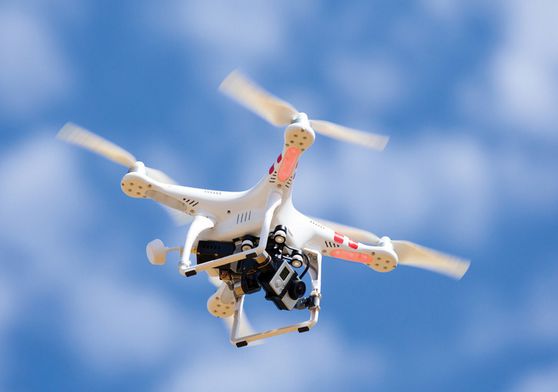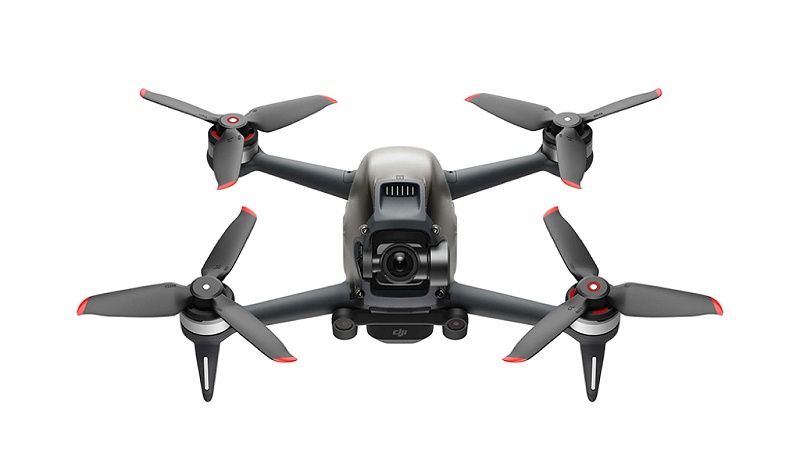Understanding Drone Defense Systems
Drones, or unmanned aerial vehicles (UAVs), have versatile applications, yet they bring about unique challenges. A robust drone defense system comprises detection, identification, and mitigation. Detection typically uses radar, radio-frequency scanners, and acoustic sensors to track drones. Identification processes leverage AI to discern friend from foe, while mitigation involves intervention strategies like jamming signals or deploying capture drones.
Maintaining an ideal balance between these components is crucial for effective drone defense. With rapid technological advancements, defense strategies should continually evolve to address emerging threats effectively.
Latest Technologies in Drone Defense
Recent innovations have revolutionized drone defense. Companies now offer sophisticated solutions such as dedicated systems that precisely target drones without collateral damage to the surroundings. Laser technologies, for instance, can disable drones by targeting their sensors or communications systems. Additionally, advanced AI-driven analytics enhance detection and threat assessment tirelessly.
Legal Considerations in Drone Defense
Implementing drone defense comes with its legal connotations, making it essential to comply with local regulations governing airspace and UAV operations. Governments worldwide are harmonizing laws allowing both personal and public drone use while advocating safe flight zones through effective defense systems.
Drone defense is crucial for safeguarding critical infrastructure, events, and even personal privacy. The reliance on wireless communication makes it vulnerable to cyber-attacks, which necessitates continual monitoring and defense updates. As such, adopting emerging technologies and adhering to legal frameworks optimizes airspace security.
Interestingly, innovations like machine learning algorithms help predict and thwart unauthorized drone activity. These algorithms analyze flight patterns and signal anomalies, providing intelligence for proactive defense actions.
Getting Ahead with Preventive Strategies
Proactively establishing preventive strategies is imperative in ensuring drone security. Implementing geofencing ensures drones cannot enter restricted zones, while joint public-private initiatives aim to bridge gaps between technology and effective enforcement.
Education and collaboration are vital in shaping drone defense strategies. Training personnel on the latest tactics fosters preparedness and encourages innovation. Now, communities work alongside manufacturers and regulatory bodies to tailor solutions that reflect real-world scenarios and concerns.
- How do machine learning algorithms improve drone defense?
- Can drones be detected by traditional radar?
- What are the ethical concerns surrounding drone defense?
Implementing dynamic drone defense strategies is key to maintaining a safe airspace now and into the future. Adopting cutting-edge technologies and fostering collaboration among stakeholders propels innovations, wards off threats, and ensures public safety.

